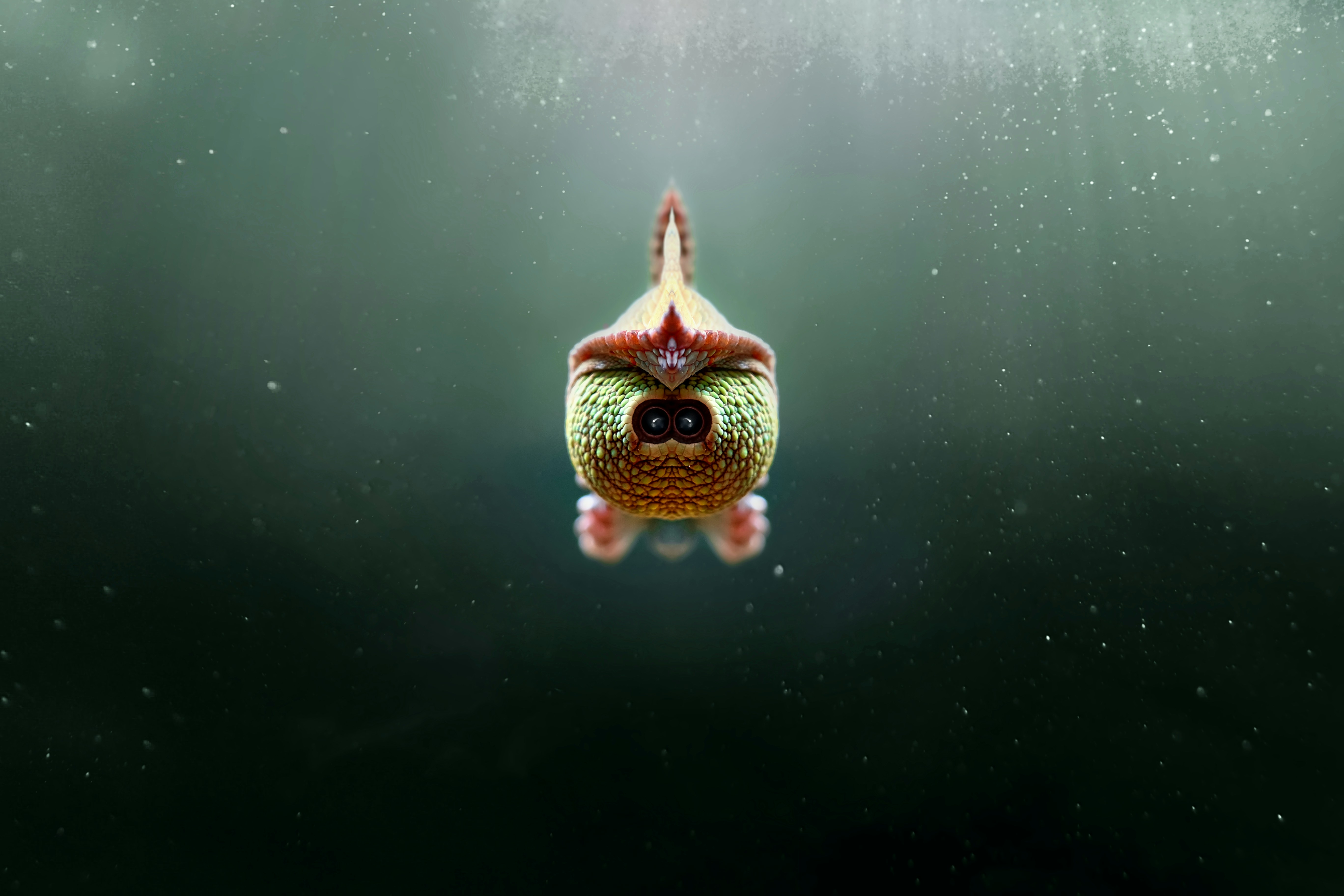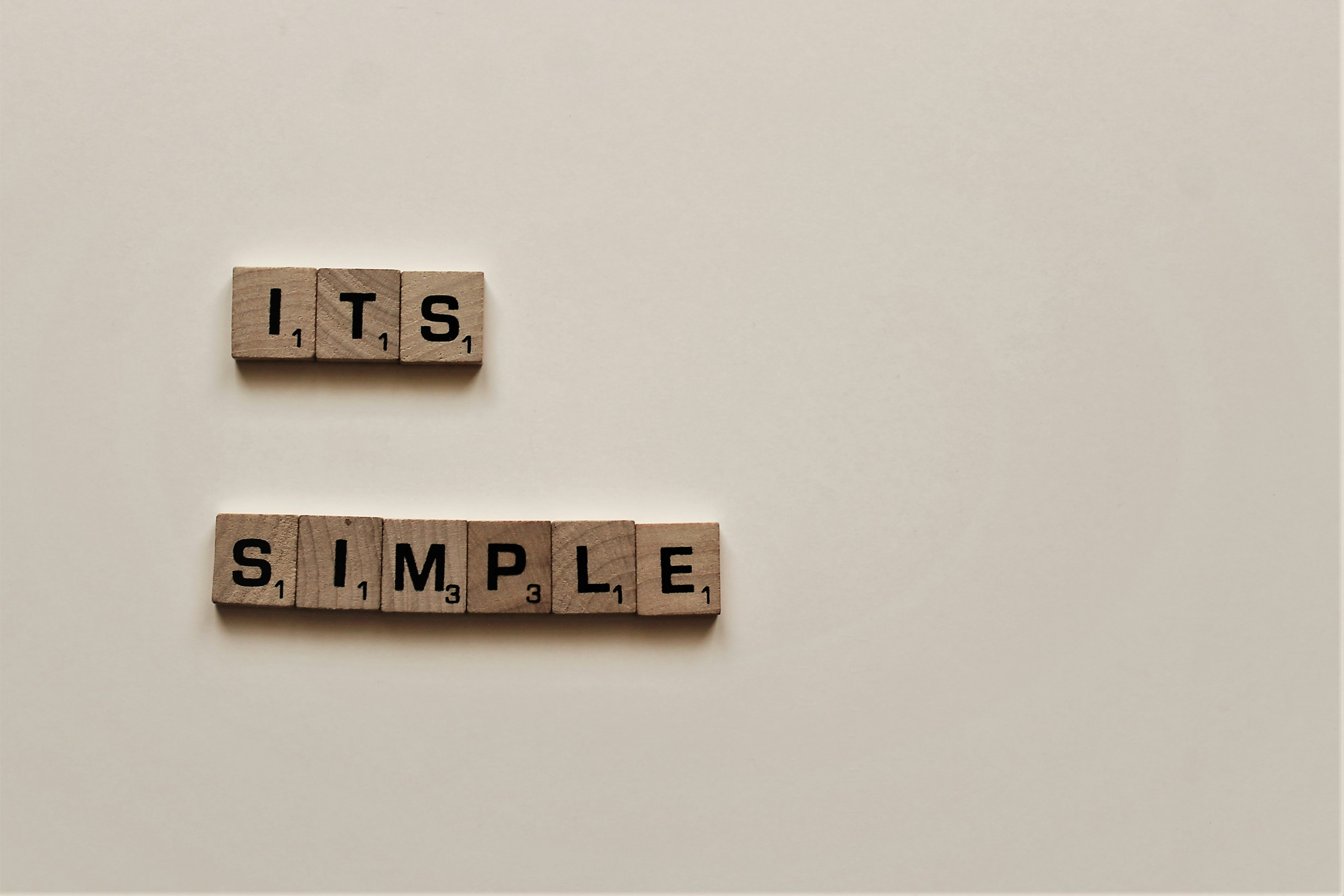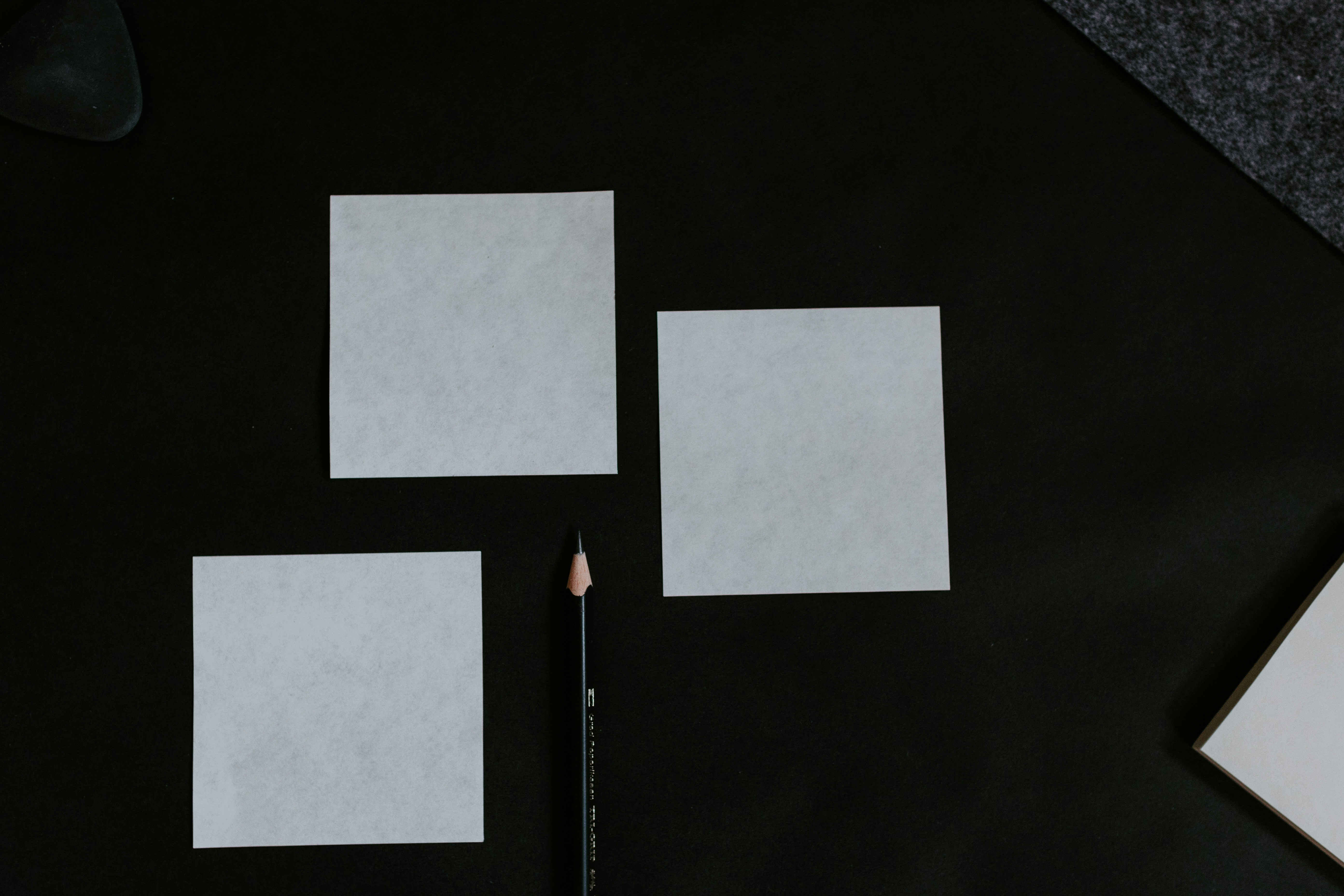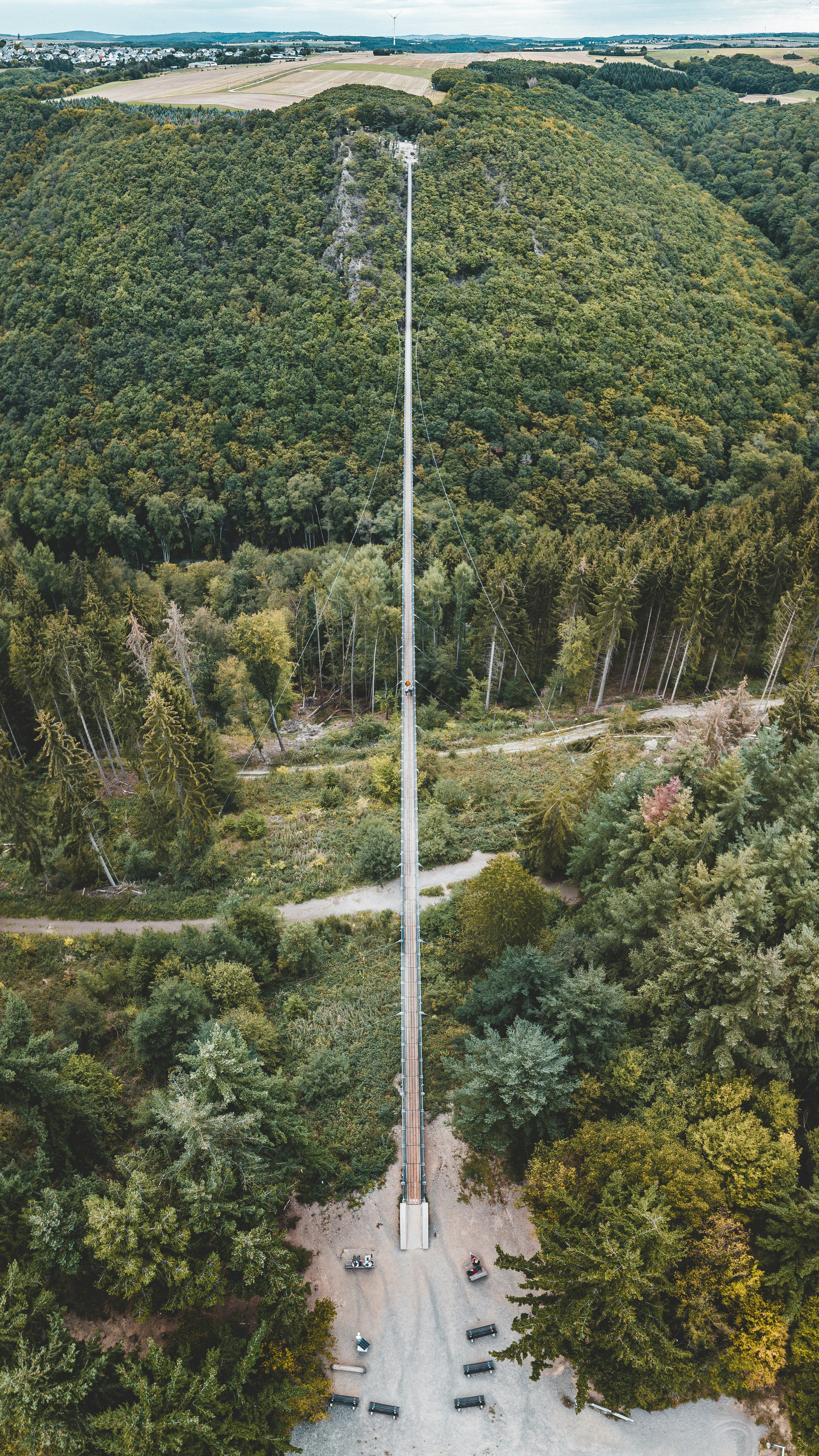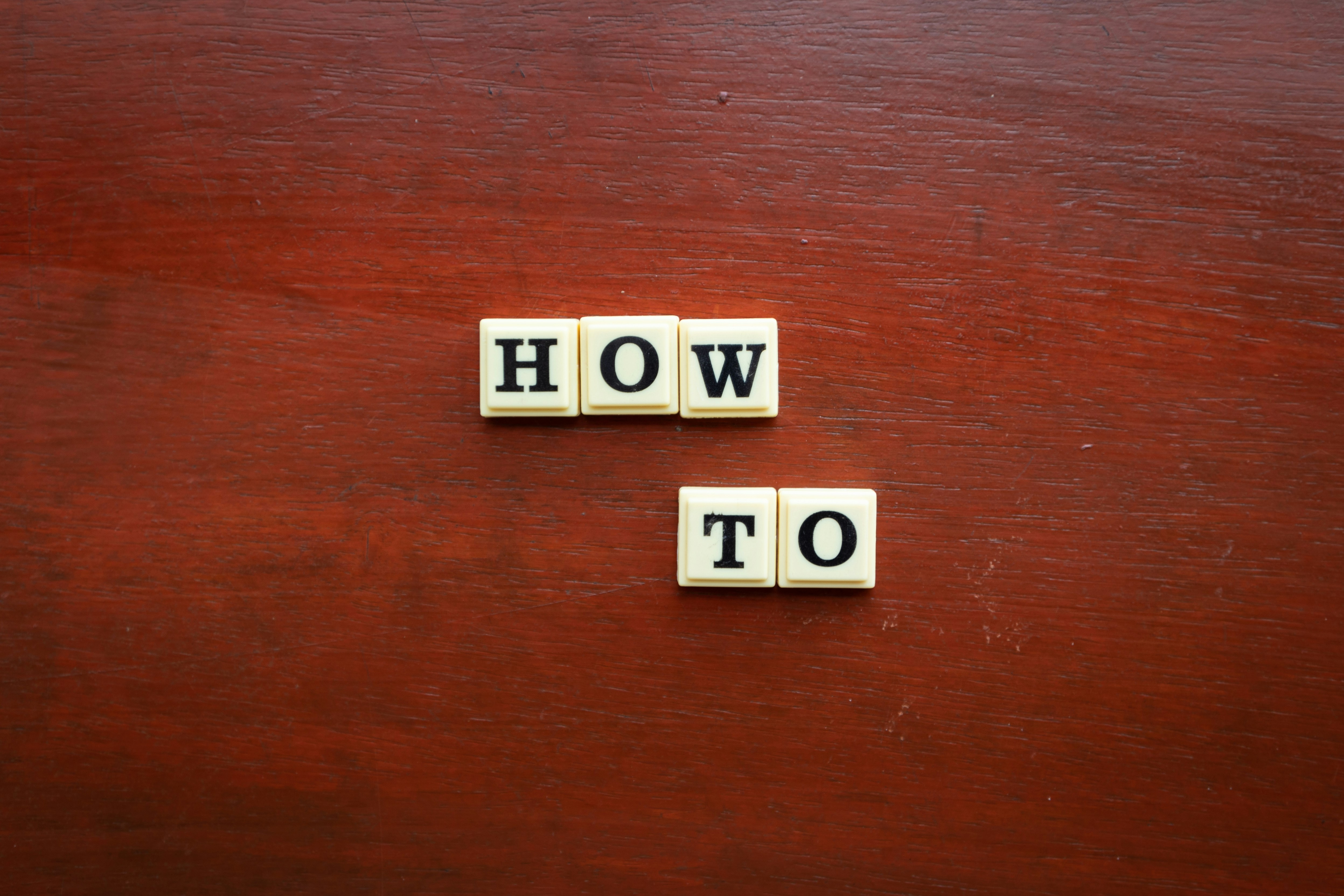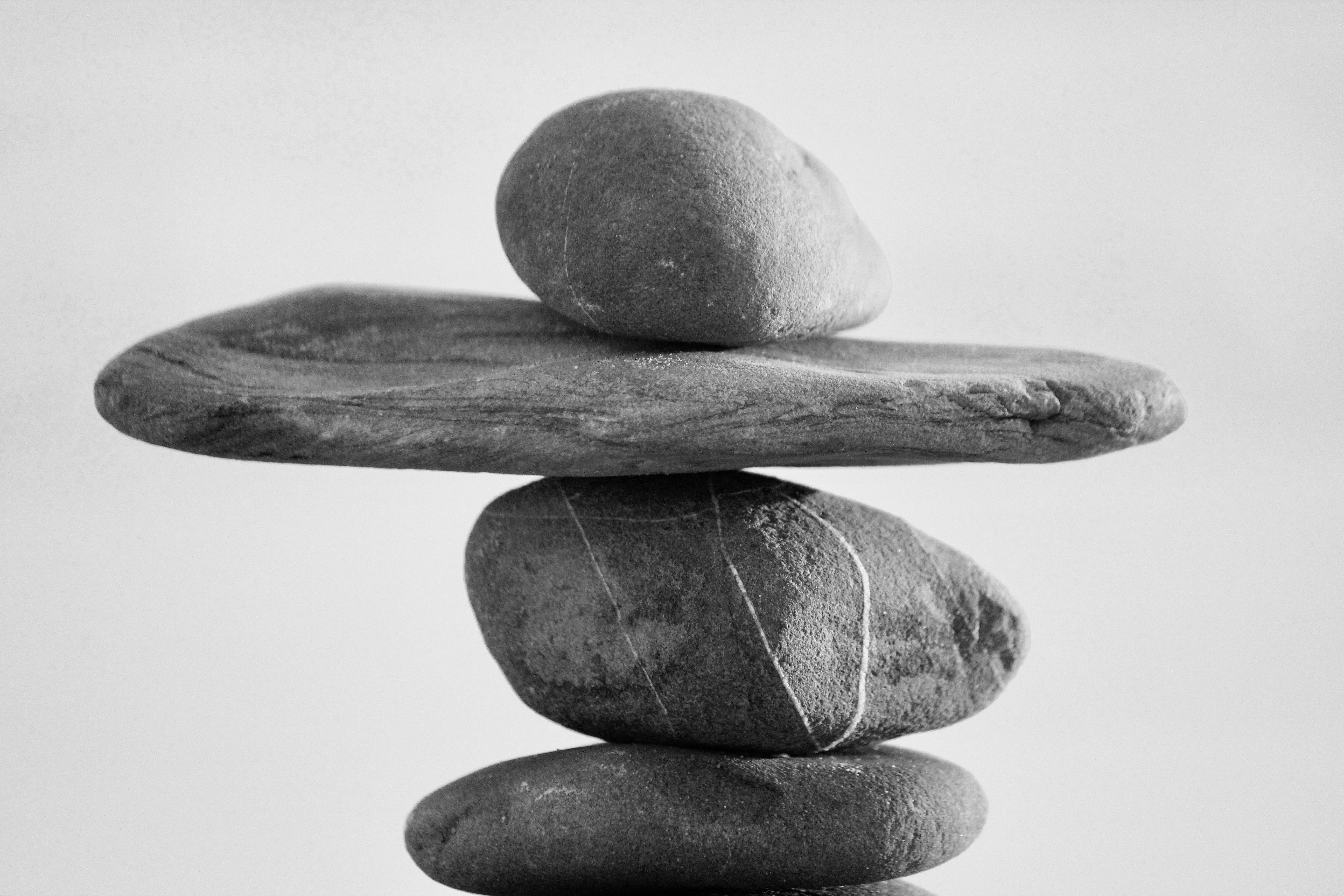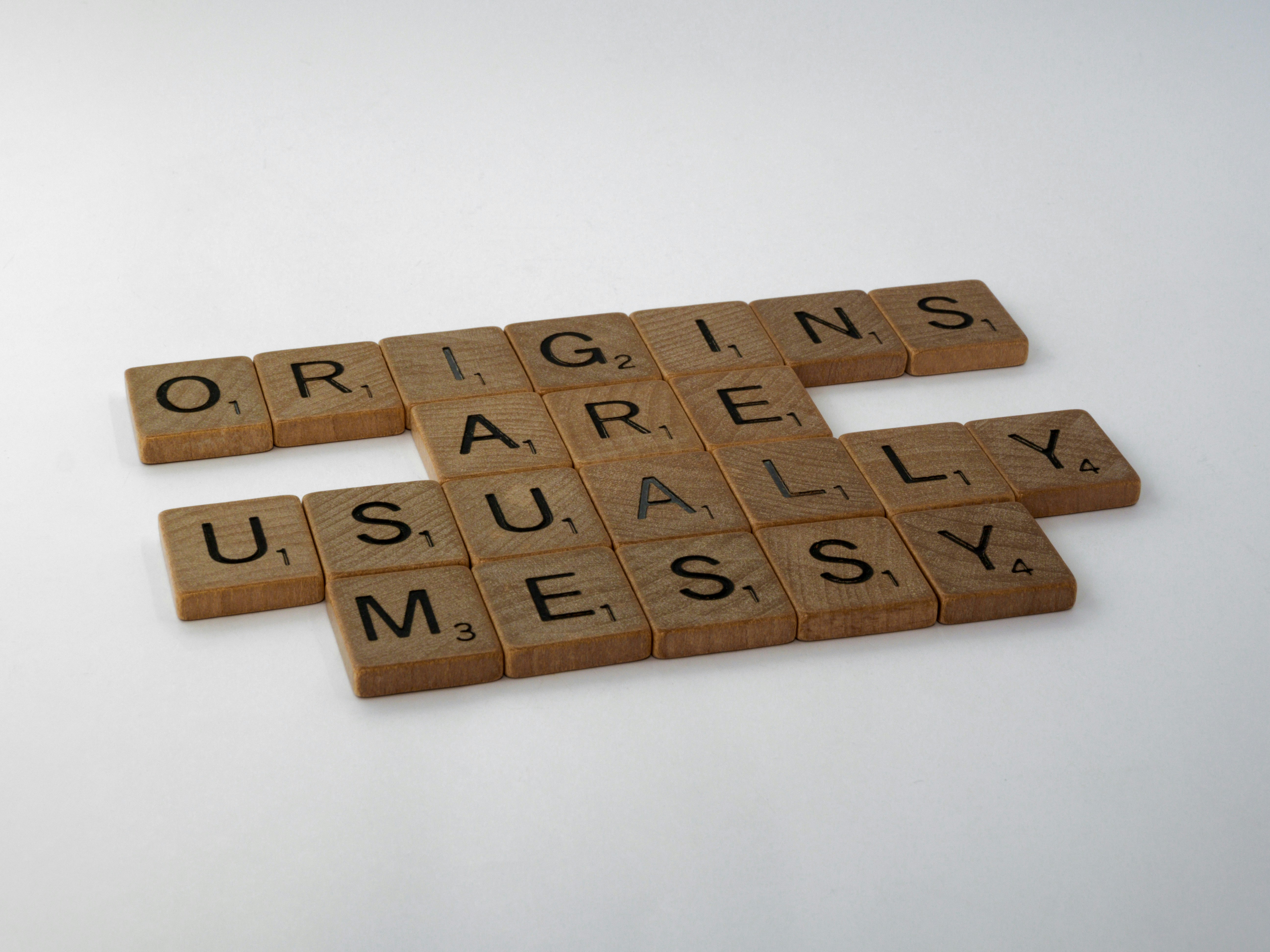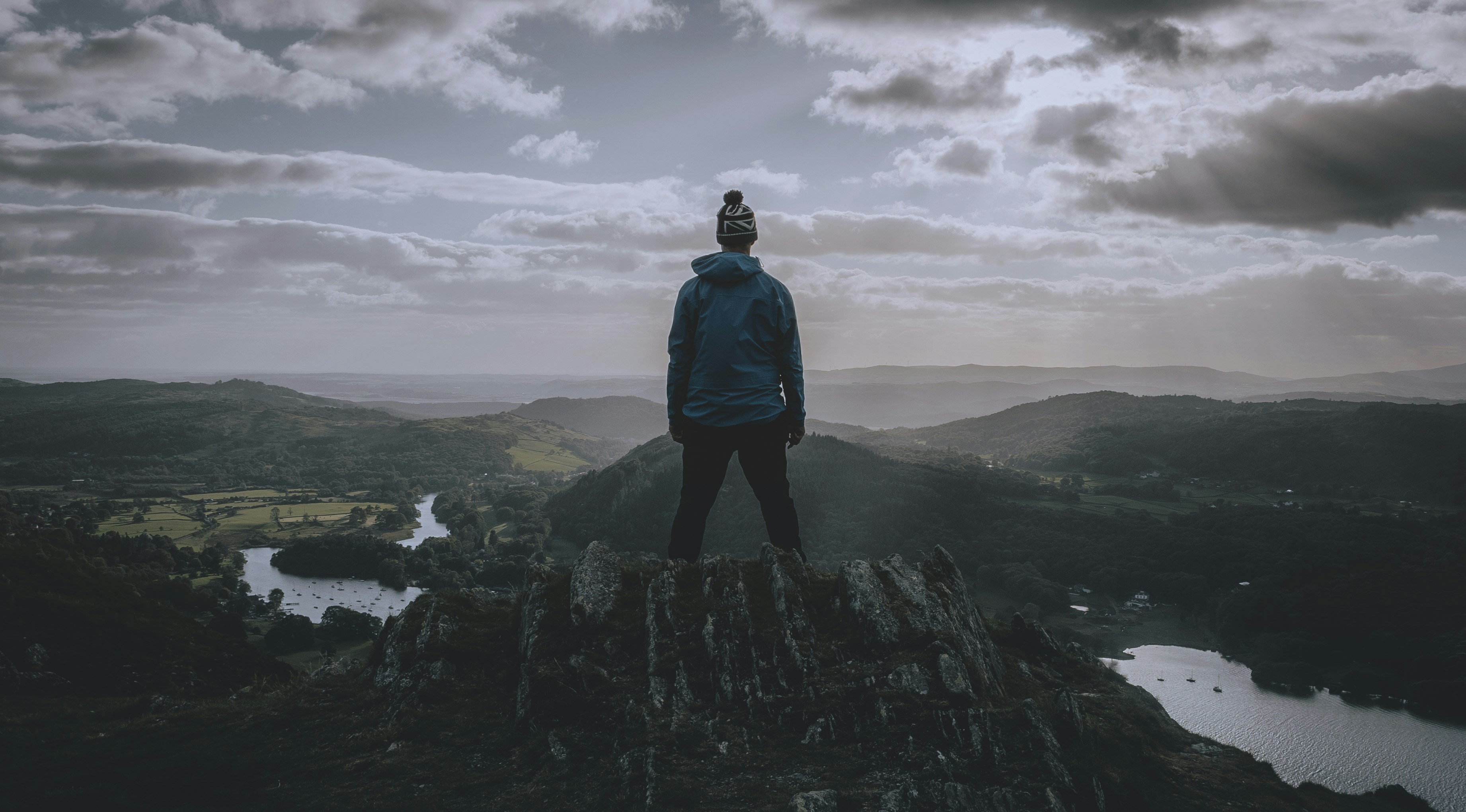Master Negative Space: Capture Emotion with Minimalistic Gear
When we think about photography, the gushing landscapes, bustling cities, and vibrant portraits often spring to mind. However, there is a quieter yet equally powerful form of expression through the art of negative space. This minimalist approach—focusing on simplicity, less clutter, and open areas—can evoke profound emotions, telling stories that packed compositions might obscure. In this comprehensive guide, we will delve into techniques and gear to harness the art of negative space, facilitating your journey towards capturing stunning images that resonate on an emotional level.
Understanding Negative Space in Photography
What Is Negative Space?
Negative space refers to the area surrounding and between the subjects of an image. This isn't merely "empty" space; it plays a crucial role in how we perceive an image. By offering a counterbalance to your subjects, negative space can enhance feelings of openness, loneliness, or tranquility, allowing the viewer's imagination to interact with the photo.
For example, consider a lone tree standing against a vast, empty sky. The tree, the subject, elicits strength and solitude, while the empty space around it amplifies these themes, drawing the viewer deeper into the emotion.
The Psychological Impact of Negative Space
The emotional weight that negative space brings to a composition isn't lost on psychologists. According to a study published in the Journal of Aesthetic Psychology, viewers' interpretations of art change significantly when the balance of positive and negative space shifts (link to a relevant external source). Choosing to leave more negative space can evoke feelings of calmness and contemplation, while too little can result in chaos and confusion.
Essential Techniques for Capturing Negative Space
1. Simplify Your Composition
To start mastering negative space, refine your subjects. Strip away unnecessary elements from your frame. For landscapes, this might mean encompassing a wide vista with minimal foliage. In portraits, using a plain backdrop can significantly isolate your subject, adding emotional depth.
Techniques to Emphasize Simplicity:
- Use a wide aperture to create a blurred background.
- Frame your subject in a way that it occupies minimal space.
- Isolate the subject by physically moving closer or using a telephoto lens.
2. Use Natural Lines to Guide Viewers
Natural lines within your frame can lead the eye toward your subject and enhance the effectiveness of negative space. The horizon, trees, or any leading lines can funnel attention, creating a dynamic composition even in minimalist setups.
Practical Tips:
- Look for leading lines in nature or architecture.
- Position yourself such that these lines converge on your main subject.
- Experiment with angles to optimize how these lines interact with negative space.
3. Balance Positive and Negative Space
Striking a balance between your subject (positive space) and the surrounding area (negative space) is essential. The right proportions can give your image a sense of harmony or tension, depending on the desired effect.
Considerations for Balance:
- Rule of Thirds: Position your subject off-center to create a more engaging composition.
- Symmetry vs. Asymmetry: Both can convey different emotions; experiment with each to find what resonates with your message.
4. Play with Color and Tone
Using contrasting colors can play a significant role in emphasizing negative space. A bright subject surrounded by a dark background instantly draws the eye. Conversely, soft, muted tones can create a gentler emotional response.
To learn more about harnessing color to evoke emotion in your photography, check out our detailed post on unlocking the power of color.
Minimalistic Gear Choices for Effective Photography
Focusing on Quality Over Quantity
Adopting a minimalist approach isn’t solely about the composition; it’s equally about the gear you select. In 2025, photographers increasingly gravitate towards high-quality yet minimalistic equipment that enhances this style of shooting.
Essential Gear Recommendations
- Prime Lenses
-
These lenses often boast larger apertures, allowing for superior low-light performance and more pronounced bokeh effects. A 50mm or a 35mm prime lens can be invaluable for both portraiture and landscape photography, emphasizing subjects beautifully against negative space.
-
Lightweight Camera Bodies
-
A compact, high-quality mirrorless camera can make it easier to maneuver into tight spaces for those perfect minimalist shots without the bulk of traditional DSLRs weighing you down.
-
Tripods and Stabilizers
-
These allow you to experiment with long exposures and time-lapse photography; ideal for capturing serene, tranquil environments where the surrounding atmosphere speaks as loudly as your main subject.
-
Minimalist Camera Straps
- Look for lightweight, minimalist designs that don't detract from the aesthetics of your images. They facilitate unobtrusive handling, further emphasizing the purity of your compositions.
To master negative space in your captures using minimalistic gear, you can visit our guide on essential accessories for photographers.
Prioritize Quality Accessories
Choosing quality accessories also plays a vital role in your photographic adventures. Trustworthy brands—like Peak Design for camera bags or Joby for tripods—offer practical solutions that enhance usability while remaining aesthetically pleasing.
Crafting Compelling Stories Through Minimalism
Finding Your Narrative
Every photograph tells a story, and sometimes, the most profound messages come from what is left unsaid. When crafting your image, think about the narrative hidden within the composition. Ask yourself: What do you want your viewer to feel? How does the negative space contribute to that emotion?
Adding Layers to Your Story
Once you understand your core emotion, play with layers. Perhaps your negative space symbolizes uncertainty, or a lack of companionship. An object in the distance can serve as a metaphor, encouraging viewers to explore the interplay of emotions that your image evokes.
The Role of Personal Experience
Your background, culture, and experiences all influence your storytelling. Infuse personal anecdotes into your images; let the viewer into your world and guide them through the feelings evoked by your choice of composition and gear.
Techniques to Implement Negative Space in Various Photography Styles
1. Landscape Photography
Minimalist landscapes often emphasize vastness. A lone boulder against an expansive sky is a quintessential example. Here, negative space accentuates the enormity of the environment, conveying feelings of solitude or adventure.
2. Portrait Photography
In portrait photography, negative space can capture the essence of your subject. A simple backdrop with a subject placed strategically within the frame allows viewers to focus on emotions conveyed through facial expressions and gestures.
3. Urban Photography
Adding negative space in urban photography can bring out isolation amidst the hustle and bustle of city life. A solitary figure in an immense urban scene highlights loneliness or introspection against the vibrant city backdrop.
4. Abstract Photography
Abstract photography thrives on negative space. Explore shapes, colors, and forms with intentional simplicity. This form can evoke curiosity, leading viewers to interpret the image uniquely.
Final Thoughts
Embracing the art of negative space opens up new realms of creativity in photography. By utilizing minimalistic gear, focusing on storytelling, and understanding the profound psychological impact of your compositions, you can create emotionally resonant photographs that captivate viewers. Remember, sometimes less truly is more.
As you venture into this minimalist approach, keep refining your technique and experimenting with different tools. The magic often happens when you step outside your comfort zone and allow the power of negative space to speak volumes through your imagery.
So, gather your gear, heed the whispers of the silent spaces, and let them guide your next photographic adventure. Don’t forget to revisit our collection of resources to deepen your understanding of this captivating realm in photography.

